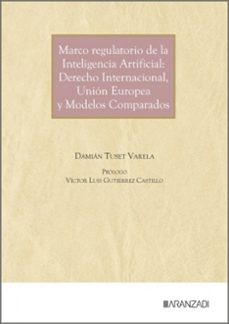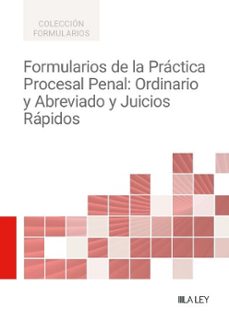📗 Libro en inglés WORLDS IN MOTION: UNDERSTANDING INTERNATIONAL MIGRATION AT THE EN D OF THE MILLENNIUM
OXFORD UNIVERSITY PRESS- 9780198294429
Sinopsis de WORLDS IN MOTION: UNDERSTANDING INTERNATIONAL MIGRATION AT THE EN D OF THE MILLENNIUM
After explicating the various propositions and hypotheses of current theories, and identifying area of complementarity and conflict, the authors review empirical research emanting from each of the world''s principal international migration systems: North America, Western Europe, the Gulf, Asia and the Pacific, and the Southern Cone of South America. Using data from the 1980s, levels and patterns of migration within each system are described to define their structure and organization. Specific studies are then comprehensively surveyed to evaluate the fundamental propositions of neoclassical economics, the new economics of labour migration, segmented labour market theory, world systems theory, social capital theory, and the theory of cumulative causation. The various theories are also tested by applying them to the relationship between international migration and economic development. Although certain theories seem to function more effectively in certain systems, all contain elements of truth supported by empirical research. The task of the theorist is thus to identify which theories are most effective in accounting for international migration in the world today, and what regional and national circumstances lead to a predominance of one theoretical mechanism over another. The book concludes by offering an empirically-grounded theoretical synthesis to serve as a guide for researchers and policy-makers in the 21st century.
Ficha técnica
Editorial: Oxford University Press
ISBN: 9780198294429
Idioma: Inglés
Encuadernación: Tapa dura
Año de edición: 2002
Especificaciones del producto
Escrito por Douglas S. Massey

Opiniones sobre WORLDS IN MOTION: UNDERSTANDING INTERNATIONAL MIGRATION AT THE EN D OF THE MILLENNIUM
¡Sólo por opinar entras en el sorteo mensual de tres tarjetas regalo valoradas en 20€*!
Los libros más vendidos esta semana

Tapa blanda
DAMIAN TUSET VARELA

Tapa blanda
EDUARDO ANTONIO ORTEGA NOGUERO

Tapa blanda
Varios autores

Tapa blanda
SARA IGLESIAS SANCHEZ
Temporalmente no disponible

































